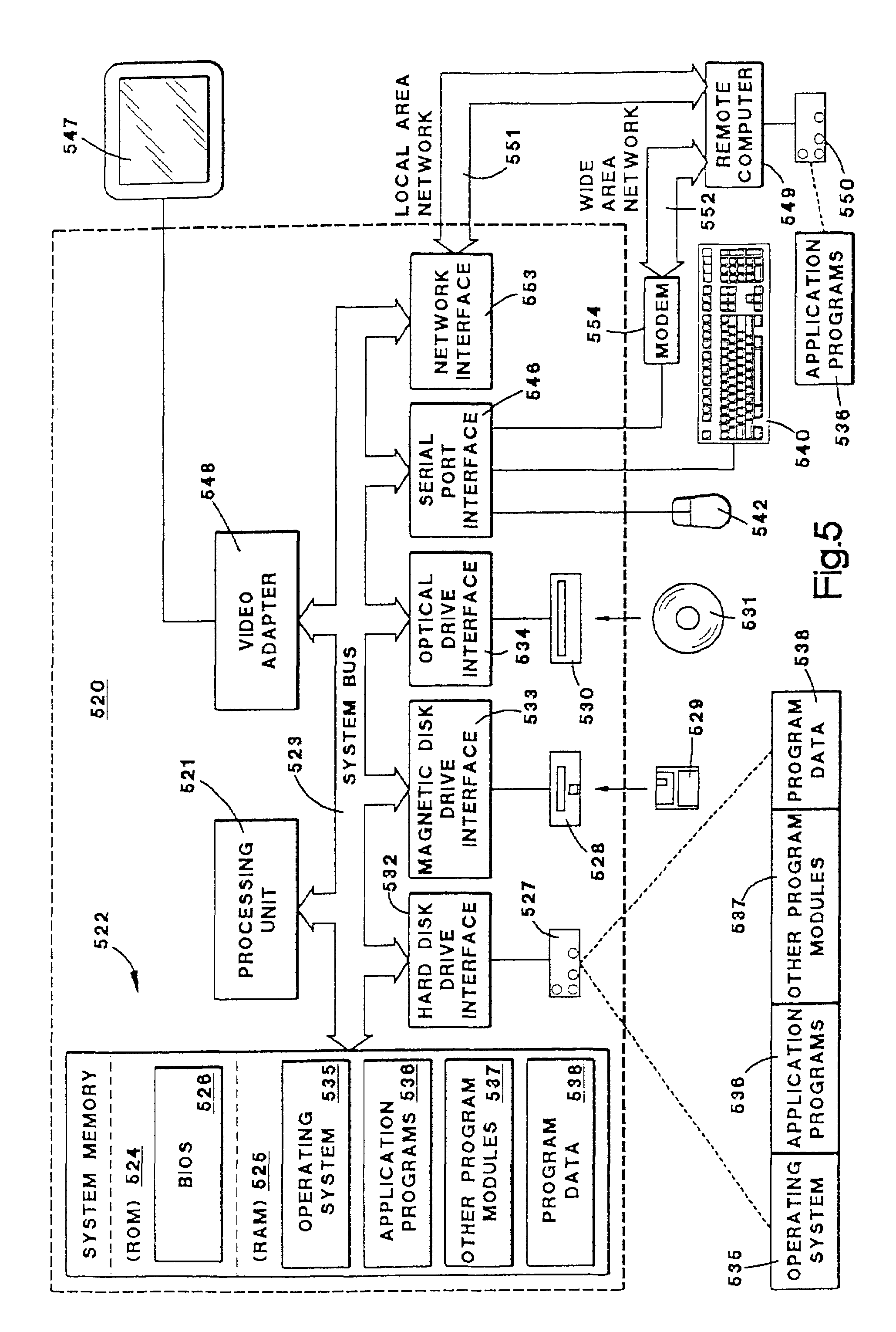Sampling for database systems
a database system and database technology, applied in the field of database systems, can solve the problems of inefficiency, inability to easily commute sampling, and high cost of executing ad-hoc queries against the backend
- Summary
- Abstract
- Description
- Claims
- Application Information
AI Technical Summary
Benefits of technology
Problems solved by technology
Method used
Image
Examples
case b
[0141]Database server 620 may therefore obtain a sample S of the join of relations R1 and R2 by sampling tuples from relation R1 based on the number of matching join attribute values in relation R2 and joining tuples of the resulting sample S1 with those of relation R2. Database server 620 may use frequency statistics on the join attribute values of relation R2 in sampling tuples of relation R1. Because relation R2 may or may not be materialized and / or indexed, how database server 620 obtains a sample of the join of relations R1 and R2 depends on the availability of information for relations R1 and / or R2 such as in the following cases:[0142]Case A: no information is available for either relation R1 or R2;[0143] no information is available for relation R1 but indexes and / or statistics are available for relation R2; or[0144]Case C: indexes and / or statistics are available for relations R1 and R2.
[0145]Any sampling technique for a case with less available information will also apply for...
PUM
 Login to View More
Login to View More Abstract
Description
Claims
Application Information
 Login to View More
Login to View More - R&D
- Intellectual Property
- Life Sciences
- Materials
- Tech Scout
- Unparalleled Data Quality
- Higher Quality Content
- 60% Fewer Hallucinations
Browse by: Latest US Patents, China's latest patents, Technical Efficacy Thesaurus, Application Domain, Technology Topic, Popular Technical Reports.
© 2025 PatSnap. All rights reserved.Legal|Privacy policy|Modern Slavery Act Transparency Statement|Sitemap|About US| Contact US: help@patsnap.com



